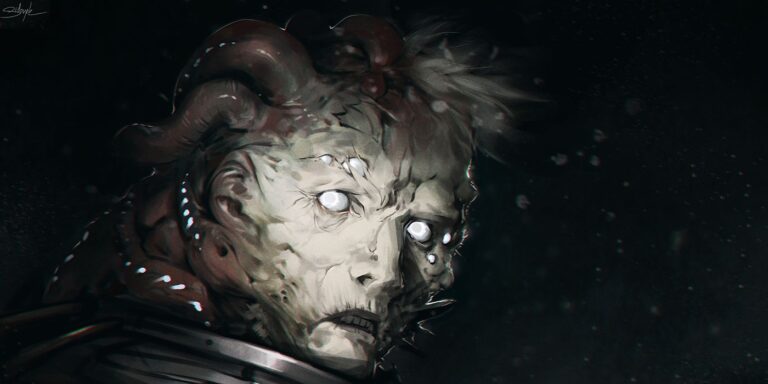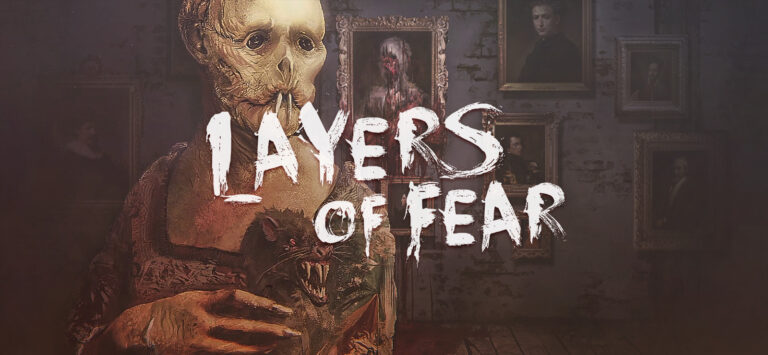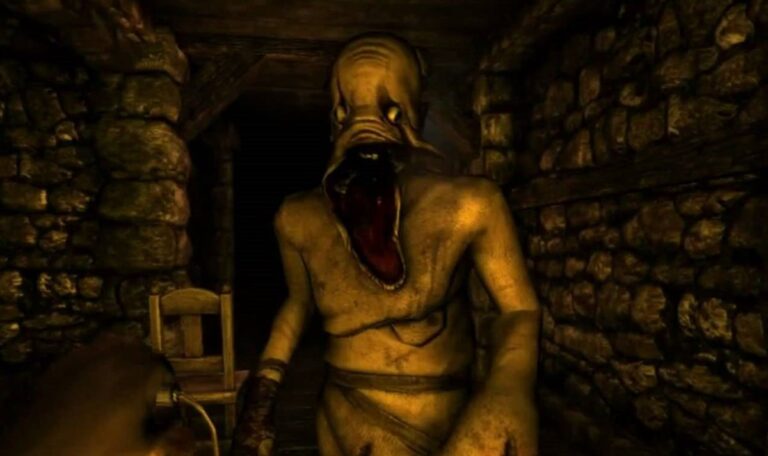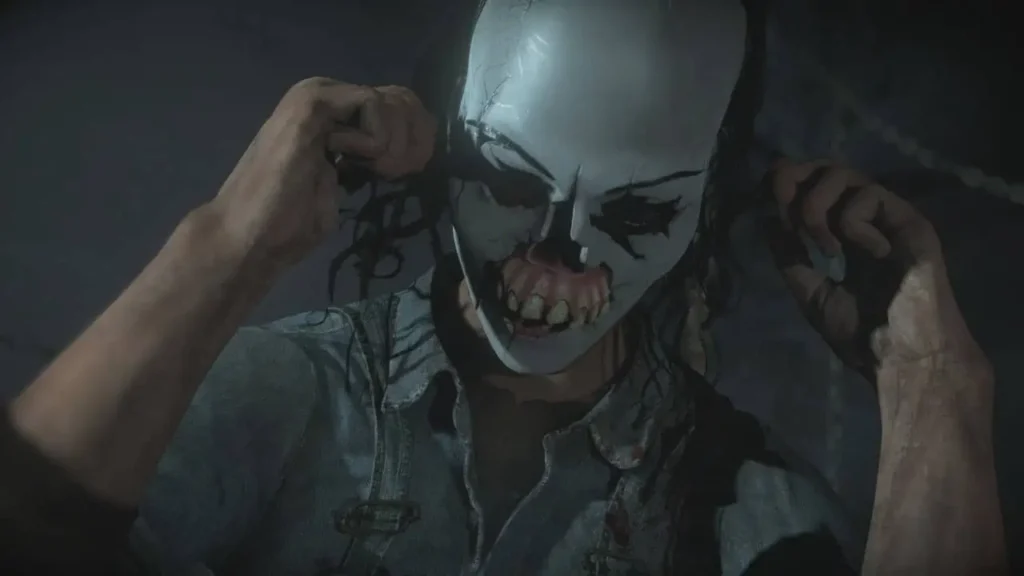
When we speak of Until Dawn, we’re not just talking about a narrative horror game. we’re cracking open a snow-laden matryoshka doll of collective dread, primal guilt, and the fragility of the teenage psyche under extreme duress.
Supermassive Games’ 2015 cult classic masquerades as a choose-your-own-death-simulator, but it’s really a slippery Rorschach blot that asks: how deep does your fear run when you’re forced to stare at yourself through a fractured lens?
At its frostbitten core, Until Dawn is a horror show about human instinct gnawing at the polished veneer of morality. The game’s setting — an isolated mountaintop lodge sealed off by a blizzard — is a Freudian liminal space: a stage for repression, projection, and the monstrous return of what we bury alive. The player watches familiar archetypes — the Jock, the Virgin, the Fool — unravel until they bleed together in a tableau of betrayal and primal survival. The snow buries the past, but trauma — like a Wendigo’s hunger — always resurfaces.
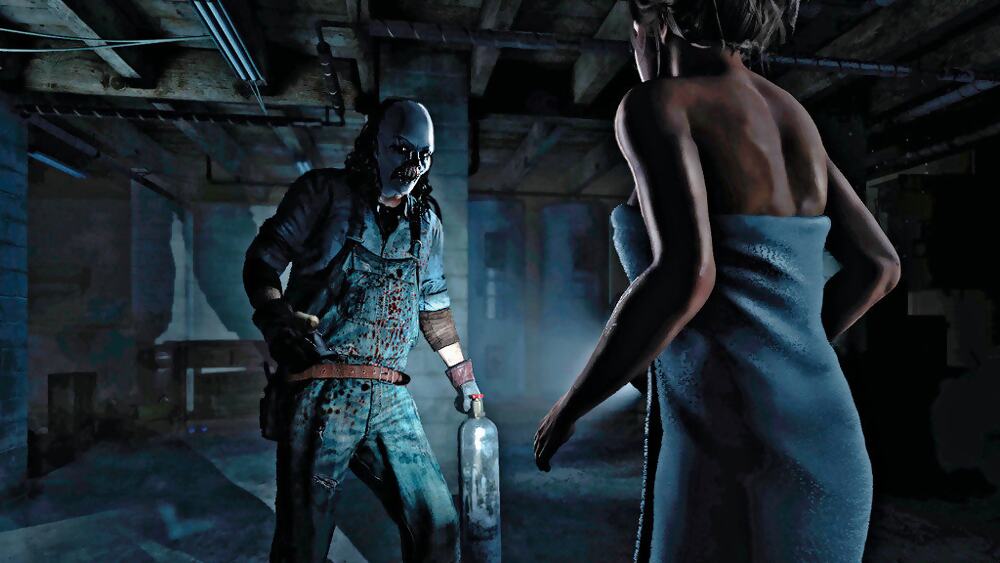
The Wendigo: A Manifestation of Cannibalized Secrets
Let’s talk about the Wendigo — the skeletal predator prowling the frozen woods. It’s more than a supernatural threat; it’s the living embodiment of family secrets and adolescent cruelty. The monstrous transformation, rooted in cannibalism, is a metaphor for how these kids consume each other emotionally. When you force your “friends” into peril for your own amusement — think of the fatal prank that sets off the game’s tragedy — you feed that lurking hunger. The Wendigo myth weaponizes taboo: the unspeakable desire to eat one another alive, psychologically and physically.
This is what Until Dawn does best: it seduces you with the promise of playful, pulpy horror, only to slip a razor blade beneath the skin. Each decision is a thin cut. Each QTE (Quick Time Event) is a moral test dressed up as reflex. What will you sacrifice: your conscience, your lover, your sense of self? By the time dawn breaks, you’ve either laid your monstrous urges bare or stitched them deeper inside you — until next time.
The Psychiatrist’s Office: A Broken Mirror
Between chapters, the player is whisked into an uncanny therapy session with Dr. Hill, a spectral analyst who interrogates your fears. This meta-device doubles as your own psychic excavation: a reminder that horror is subjective, tailored to the jagged edges of your mind. Dr. Hill is an unreliable guide, smirking as he peels you open. Is he real? A hallucination? The game never answers because it doesn’t have to — he’s the voice in your head that dares you to let the darkness in.
The Cabin in the Woods Trope: A Masochistic Playground
Structurally, Until Dawn owes much to the postmodern bloodbath of Cabin in the Woods. But where Whedon’s film deconstructs horror tropes with a wink, Until Dawn lets you orchestrate them with perverse glee. You are both final girl and killer, scream queen and monster. The “Butterfly Effect” system doesn’t empower you; it makes you complicit. You become the hidden director of your friends’ torment, each branching path a splatter of existential dread.
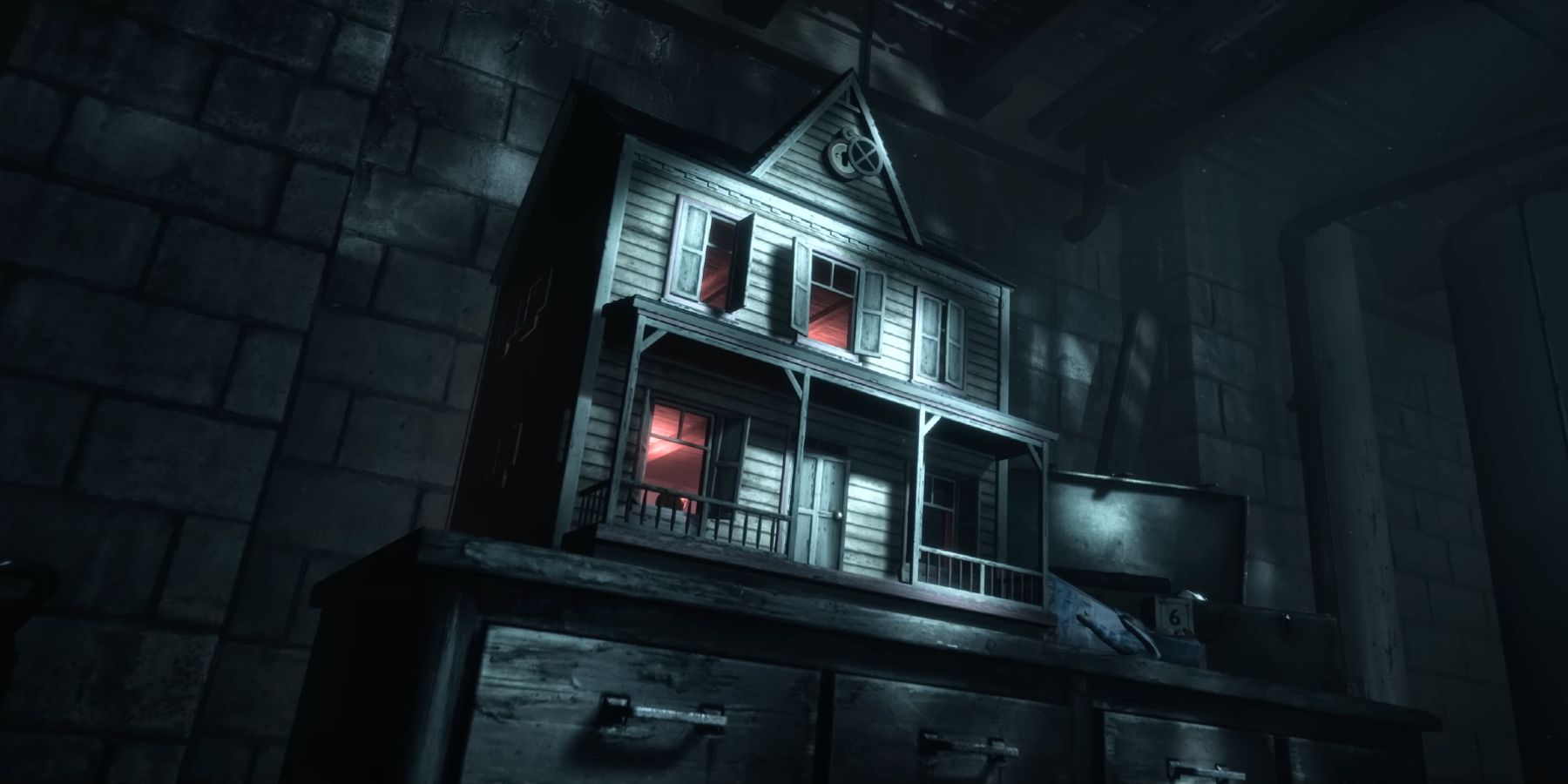
Survival Is Not Salvation
In the end, survival doesn’t promise redemption. Even if you guide a character through every icy gauntlet, they’re never truly “safe.” The real horror is what they carry with them — the guilt of sacrifice, the knowledge that every friendship can splinter under pressure. Until Dawn reminds us that beneath the blanket of fresh snow is a graveyard of choices you’d rather forget. And in that graveyard, the Wendigo still prowls — your shadow self, patient and starving.
